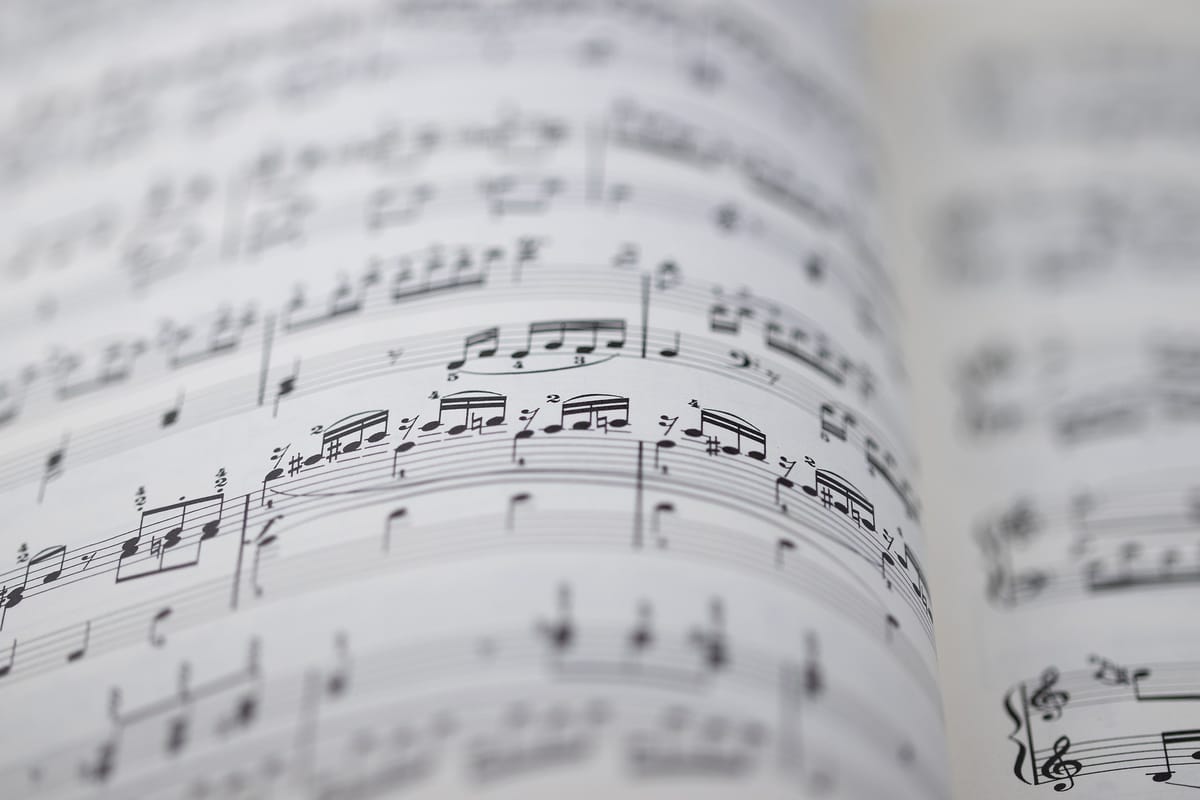10 Useful Tips for Piano Sight Reading

WHAT IS SIGHT READING?
Sight reading is playing or singing music from previously unseen notation. The context could be playing a new piece, accompanying a soloist on piano, reading through an orchestral score or singing a new part in a choir. Efficient sight reading is very much like the process of learning a new piece, except that the preparation is accomplished at speed. The mental analysis happens immediately prior to the playing or singing, even to the extent of being almost simultaneous with it. The more pieces a musician plays, the better they become at sight reading. This is because effortless music reading involves assimilating the musical language of pieces played in the past and then using that stored information to anticipate what might come next in a new piece.
IS SIGHT READING IMPORTANT?
Sight reading is generally regarded as a very important skill for a musician to have, particularly within the realm of classical music. A useful musician is someone who can read music reasonably fluently without taking a long time to practise it first. They can then learn a new piece more easily and play or sing a new work at short notice, such as in an orchestra or choir rehearsal. Professional musicians have very limited rehearsal time and must be able to pick up new repertoire quickly.
WHY IS SIGHT READING TESTED?
Because being able to read notation is so important for classical music, ‘sight reading’ is tested in practical music exams, such as those held by ABRSM, Trinity and London College examining boards. The candidate is given just half a minute to prepare a little piece that they have never seen before, to play for the examiner. The performance is marked in terms of accuracy and musicality.
WHAT ABOUT JAZZ MUSICIANS?
Jazz musicians do sight read but they often use a lead sheet instead of traditional notation. A lead sheet has a notated melody line, the words of the song, where appropriate, and the chord symbols to give structure to improvisation and for accompanying purposes.
WHAT IS A ‘QUICK STUDY’?
In higher level exams, such as diplomas, there may be a quick study. This is, in essence, sight reading but a few minutes are allocated for studying the music before playing it, rather than just thirty seconds as in a grade exam. A high standard of musicianship and a stylish interpretation are expected.
HOW IS SIGHT READING TAUGHT?
To help students to improve their sight reading teachers give sight reading guidance in lessons, using pieces that are a bit shorter and simpler than the ones the student is currently learning to perform. The teacher helps the pupil to analyse the notes, rhythms and structure, drawing attention to the repeated patterns and sequences. It is important to sight read lots of different pieces because, once you have played a piece, it is no longer ‘sight’ reading.
Improvising around the set of chords most often used in each key is also a good idea, from the point of view of familiarisation with the harmonies that are likely to be used in both ‘real’ music and in sight reading tests. There are, of course, many ways of teaching sight reading and good teachers adapt their approach to the varying needs of individual students.
10 USEFUL THINGS TO REMEMBER WHEN PIANO SIGHT READING
The list below is by no means exhaustive and I offer it in the spirit of sharing with teachers and learners some of the sight reading techniques that I have found to be helpful for many piano students.
- Sight reading is like speed-learning a piece. The difference is that when you sight read, you go through the learning processes as quickly as possible, get the gist of a piece in terms of timing, key and character and then perform it as best you can without having practised it.
- Begin with the basics:
- check the key signature and confirm by looking at the final bar, which will nearly always end with the keynote
- check the time signature – the top number shows how many beats in a bar.
- Find the right starting position, putting your fingers over the notes. If black keys are needed, rest your fingers on them.
- In your head, read the music in little chunks and short phrases. Think both hands together – if you prepare with separate hands you will not get a feel for the harmonies or for the way the hands co-ordinate. Don’t say all the note names to yourself – it’s not necessary.
- Find the patterns:
- look for note patterns, such as scales
- look for repeated rhythm patterns – rhythms are just as important as notes!
- Notice performance markings, such as the suggested speed and dynamics eg. loud (f) and quiet (p).
- Run through in your head how the piece might sound, keeping a steady pulse while imagining the feeling of playing the correct notes. If any hand position changes are needed, move your hands at the right time to each new group of notes.
- If there’s time, try out the piece slowly, with both hands. Skim over the easy bits and take time over more complicated parts.
- Finally, ‘perform’ the piece at a speed you know you can manage, keeping a steady pulse even if you make a mistake. Give rests and long notes their full value – it’s useful thinking time when you can look ahead. Aim for fluency, with a sense of key, timing and character. If you are uncertain of a note, don’t be afraid to miss it out or to play a note that seems to ‘fit’ – if in doubt, miss it out or make it up!
- The most important point of all: sight read often. The more pieces you play in different keys, timing, styles and character the better you will get at sight reading. That is because an essential component of sight reading is stored memory, which enables you to anticipate what might come next in the light of similar pieces that you have played before.
Musical notation is a kind of language that virtually everyone can learn and there’s a new listen, look and learn method developed by E-MusicMaestro that combines current learning theory with the natural processes that we all used when beginning to speak and to read. The E-MusicMaestro Learn to Sight Read method helps you to build up recognition of how different rhythm and note patterns sound by hearing the music before you play, which means you learn more quickly. You can then listen to the music after you’ve played, helping you to self-assess and correct any mistakes.
You have a choice of Learn to Sight Read online or Learn to Sight Read books. Each level contains 100 pieces, all with free listening tracks!
This article first appeared on E-Music Maestro.





